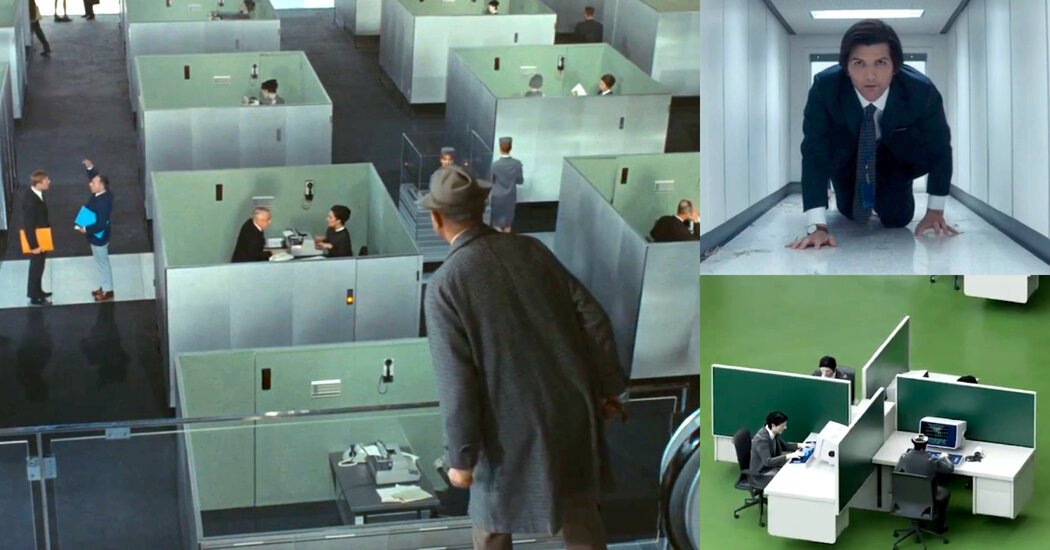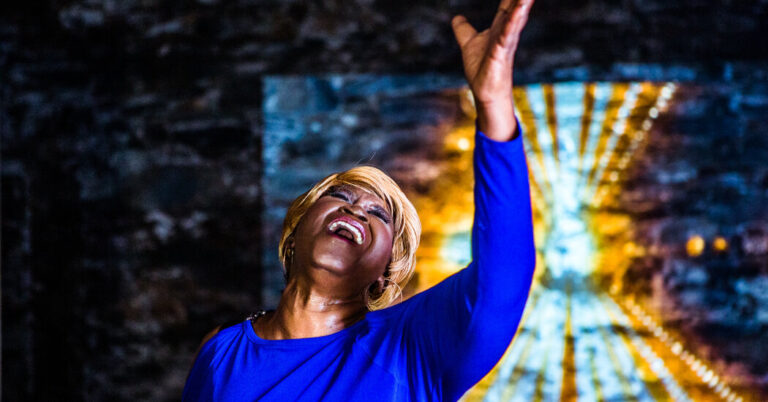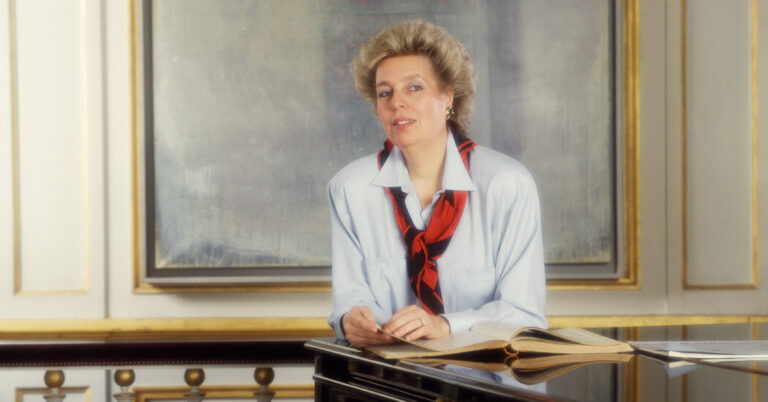Here is the plain text result:
In “Severance,” the Apple TV+ series about a shadowy company where some employees have their consciousness split into two parts, with the “innie” doing all the work and the “outie” remembering none of it, the office is sparse and lifeless.
The show reinforces that theme with its cinematography and production design. Here are some of the ways “Severance” invokes and inverts classic film tricks to create its corporate hell.
From the earliest days of moving images, filmmakers have used the rigid geometry of desks and cubicles and dense repetition to create images of people together, yet isolated, trapped, and stripped of identity by corporate bosses.
Films like “The Apartment,” from 1960, and even Pixar’s 2004 animated movie “The Incredibles” use these repetitive shots to suggest a corporate mass that takes away individual identities to instead create “company men,” said Julie Levinson, a professor at Babson College and the author of “The American Success Myth on Film.”
Grids fill the screen in those movies and others, including in shots of the oppressive call center of the 2018 satire “Sorry to Bother You” and the lifeless corporate floor of Mattel in “Barbie,” from 2023, creating a claustrophobic sense of confinement.
One of the earliest examples of this image on film came in King Vidor’s 1928 silent movie “The Crowd.”
In “Playtime,” from 1967, Tati’s recurring character, Monsieur Hulot, finds himself out of sync with the impersonal settings of midcentury Paris.
“Severance” uses some of the same approach. The Lumon Industries office was inspired by the workplaces of the 1960s, Jeremy Hindle, the show’s production designer, told the architecture magazine Dezeen. Back then, most offices were very clearly places to work, creating a strict separation between office and domestic life, he said. “I find workplaces now kind of ‘fake’ workplaces — they’re home-ish.”
The concept of confinement is central to “Severance.” While many characters chafe against the limits of their roles in life, for the innies the imprisonment is literal: They are effectively trapped on the severed floor, only perceiving life in the workplace.
The sense of restriction is reinforced by the low ceilings in “Severance,” including in the hallways and the offices themselves, Levinson noted. Low ceilings trap characters and are useful tools particularly in horror movies, like in the claustrophobic corporate spaceship in “Alien” (1979) or the tight architecture of the Overlook Hotel in “The Shining” (1980).
The corridors in “Severance” recall an extreme example of low office ceilings: the 7 ½ floor in “Being John Malkovich,” where employees have to physically hunch over as they exit the elevator.
The work itself can also be the cage. In one scene in the first season of “Severance,” Dylan G.’s (Zach Cherry) screen resembles a shot from the 1999 movie “American Beauty,” with both characters looking at their reflections trapped behind the work on their screens.
If the spaces or the work itself form the prisons of office life, the wardens are the clocks. Shots of them are another visual trope in workplace movies, one that calls back to the symbolic clocks in old German Expressionist films: Employees repeatedly glance at the time, waiting to be free.
It happens in the 2002 movie “About Schmidt,” as Jack Nicholson, as a retiring insurance man, stares at the clock waiting for his final day of work to end…
… and in the aptly titled 1997 comedy “Clockwatchers,” about four young women working in a soul-sucking office:
Source link




